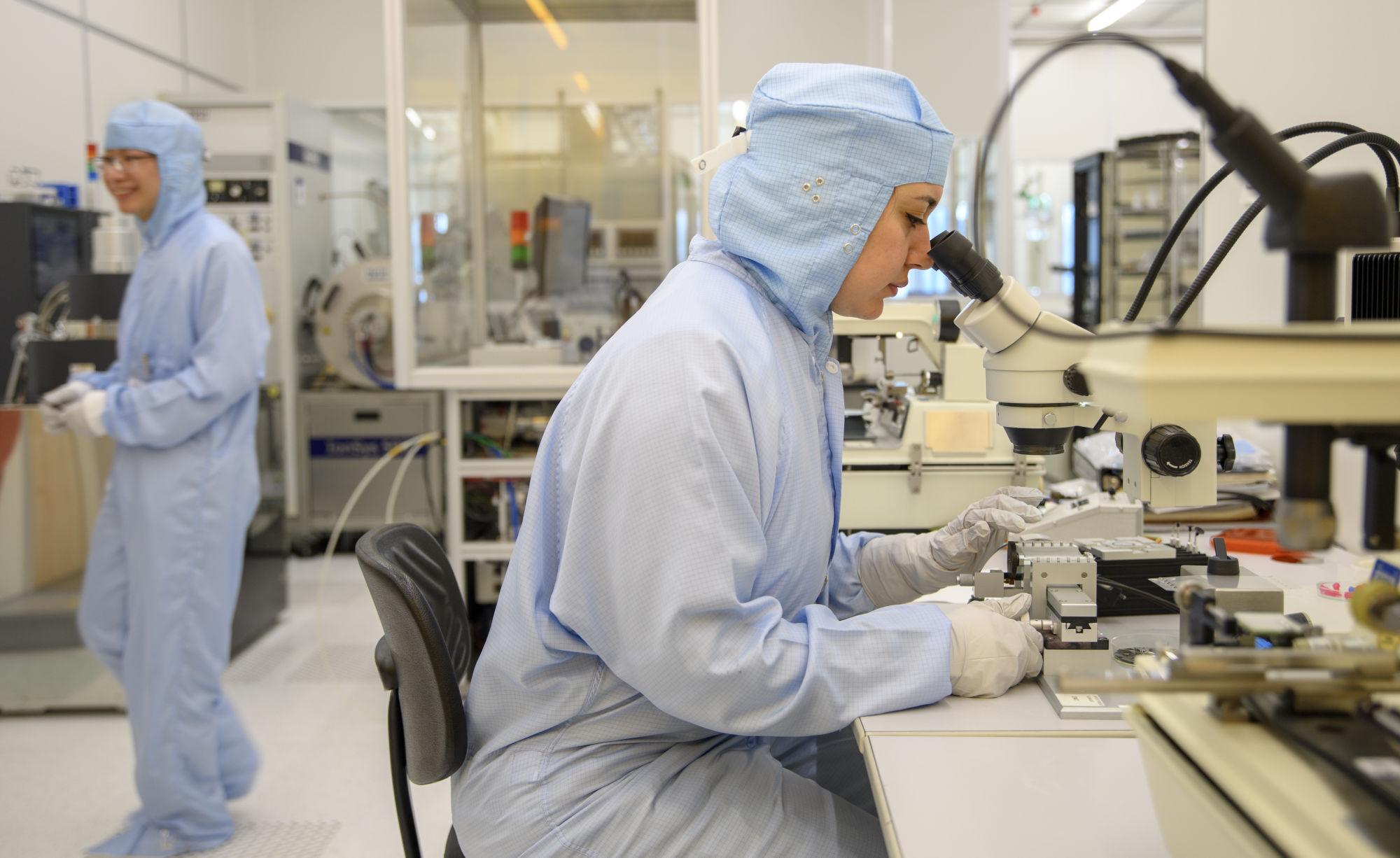What is HPC?
Scientific researchers but also companies and start ups often use it: High Performance Computing, or short HPC. HPC offers people the opportunity to investigate complex problems and challenges in society to search for answers. Think of new medicines, astronomical data from satellites and telescopes, making new materials or for making healthy and sustainable food. All these things are just some of the possible topics for which you can use High Performance Computing (HPC).
But what exactly is HPC and how can you use it for your research or business?
HPC, known as supercomputing, is really nothing less than the ability to process complex tasks at very high speed. The machine you use to do this is called a Supercomputer. One of the advantage of using supercomputers is that far fewer prototypes are needed, also you can test much faster. The ability to use HPC in the cloud now also makes it easier to share data with others, this helps to speed up, for example, the introduction of new products or medication.

How does HPC work?
HPC works by dividing tasks into smaller pieces and having multiple processors or cores process them simultaneously. This ensures that your entire workflow is processed “much faster than it would be by using traditional serial pipelines.
A supercomputer is built as a cluster, which is a group of server nodes containing powerful and optimized processing units such as multicore CPUs or manycore specialized accelerators such as GPU (General Purpose Graphics Processing Units). Communication between different parts of the system is crucial, so HPC systems use fast interconnects for effective collaboration. Each node can share data with each other through this fast network which allows you to parallelize and distribute the tasks of your problem with massive scalability.
What can HPC do for you?
High-performance computing systems are there anytime that you need a boost in your computational resources, so that you may have different options to enhance your calculations. No matter if you are looking for scalability of your own laptop setup, some large-scale data processing platform or highly parallel simulation: you may be able to choose the right HPC platform to achieve your goals.

Applications of HPC
HPC has applications across industries:
- Healthcare: DNA analysis, medical simulations
- Energy: optimizing wind farms, simulating power grids
- Manufacturing: testing mechanical structures digitally
- AI & Machine Learning: training modern AI models at scale
How to start with HPC?
Scientific researchers but also companies and start ups often use it: High Performance Computing, or short HPC. HPC offers people the opportunity to investigate complex problems and challenges in society to search for answers. Think of new medicines, astronomical data from satellites and telescopes, making new materials or for making healthy and sustainable food. All these things are just some of the possible topics for which you can use High Performance Computing (HPC).
But what exactly is HPC and how can you use it for your research or business?
HPC, known as supercomputing, is really nothing less than the ability to process complex tasks at very high speed. The machine you use to do this is called a Supercomputer. One of the advantage of using supercomputers is that far fewer prototypes are needed, also you can test much faster. The ability to use HPC in the cloud now also makes it easier to share data with others, this helps to speed up, for example, the introduction of new products or medication.

Efficient energy usage in Supercomputing
The advancement in chip fabrication technology has reached a stage where transistors are being produced at scales measured in nanometers. Supercomputers like Snellius are frequently built in a high-density configuration, tightly arranging numerous processors and other components within a relatively small area that allows improved performance and the possibility to integrate important advanced features. This arrangement, however, implies a considerable heat generation, which needs to be efficiently dissipated.
Keeping the supercomputer room at an adequate temperature can be energy-consuming. To ensure better efficiency, the Snellius cooling planning includes a suitable facility design that maximises airflow distribution and minimises hotspots. The server racks are placed so that the hot air is dissipated in a specific corridor (usually on the back of the rack), creating a cold and a hot aisle isolated from each other. Snellius uses two kinds of mechanisms to chill the computing nodes.
Cool down with water
The first assumes a closed-loop water cooling system that pumps water through tiny channels placed directly over the heat-generating silicon components in a computing node. The second mechanism contains a heat exchanger piece set at each rack’s rear door. This piece is used to transfer the heat that is generated by the nodes in the rack to cooling water circulating through the door. The warmed water is then transferred to other heat exchangers, which disseminate the heat to the outside air. Besides the need to ensure the operational temperature of the supercomputing equipment, it is imperative to prioritise energy efficiency in today’s world.

Do you want to start with HPC?
For SMEs, start-ups, public administrations and industry, you can follow free trainings for the National Supercomputer Snellius via EuroCC, get support and even some computime free of charge!
Would you like to know more about this? Contact us at info@eurocc-netherlands.nl or check our team
Are you in academia? Scientists who want to make use of Snellius can contact SURF.
